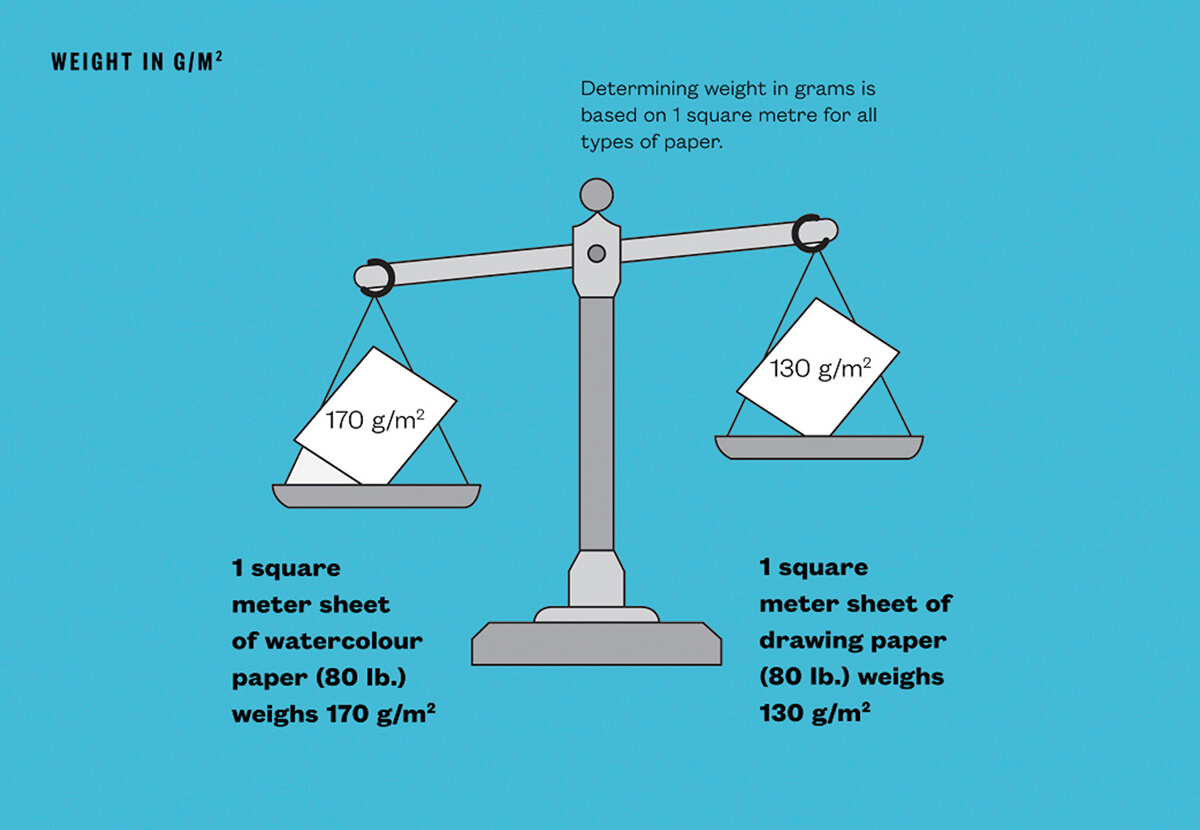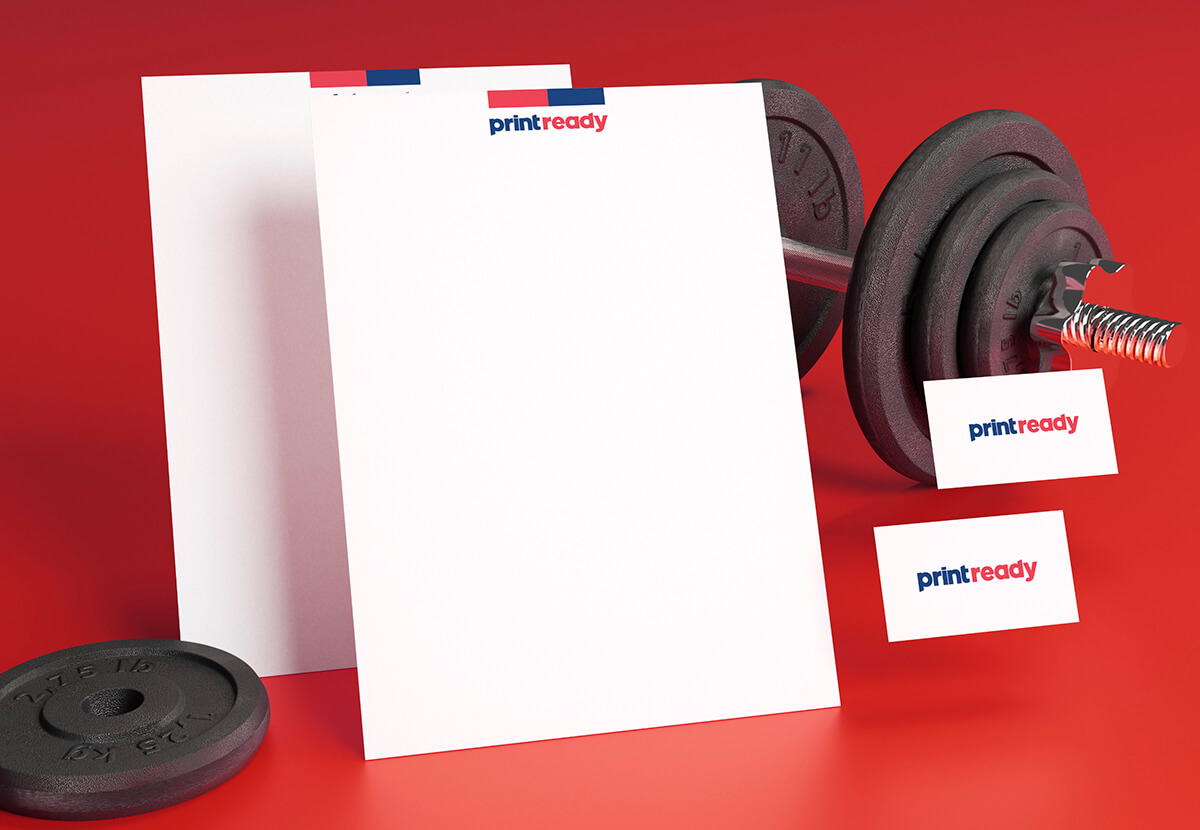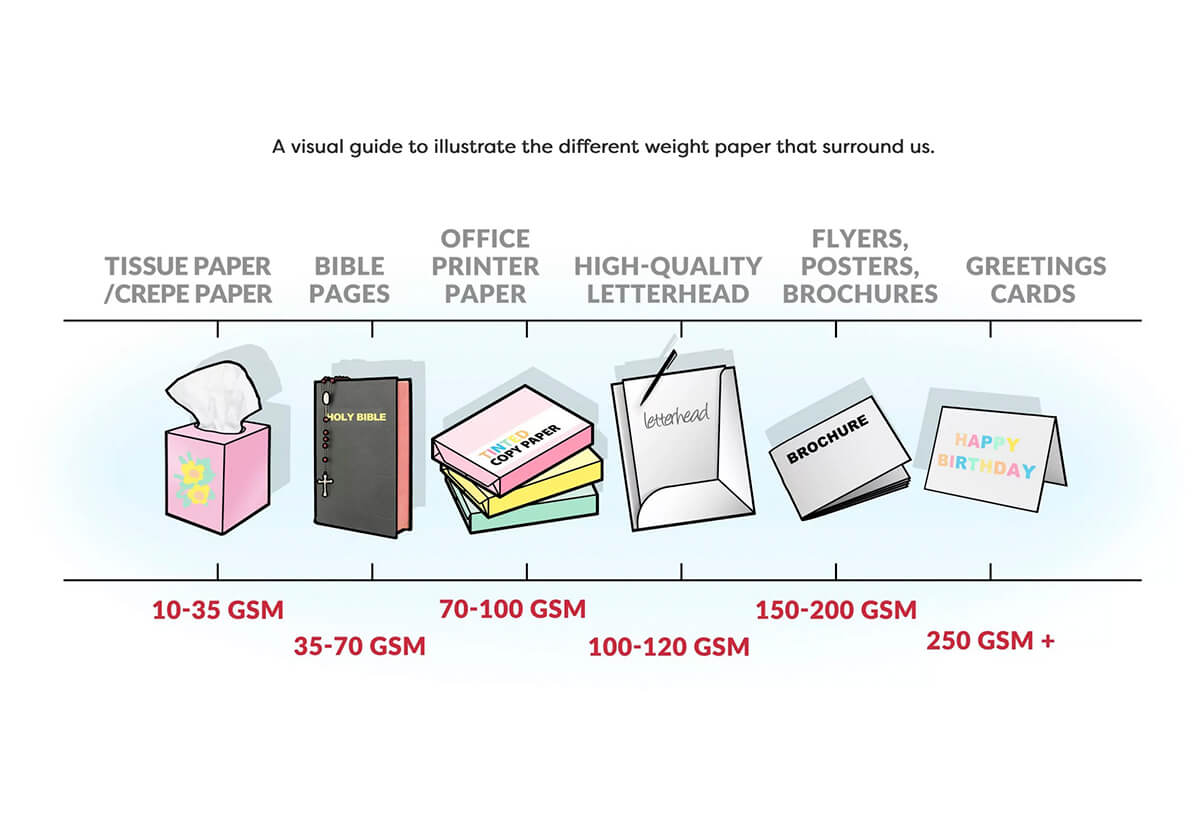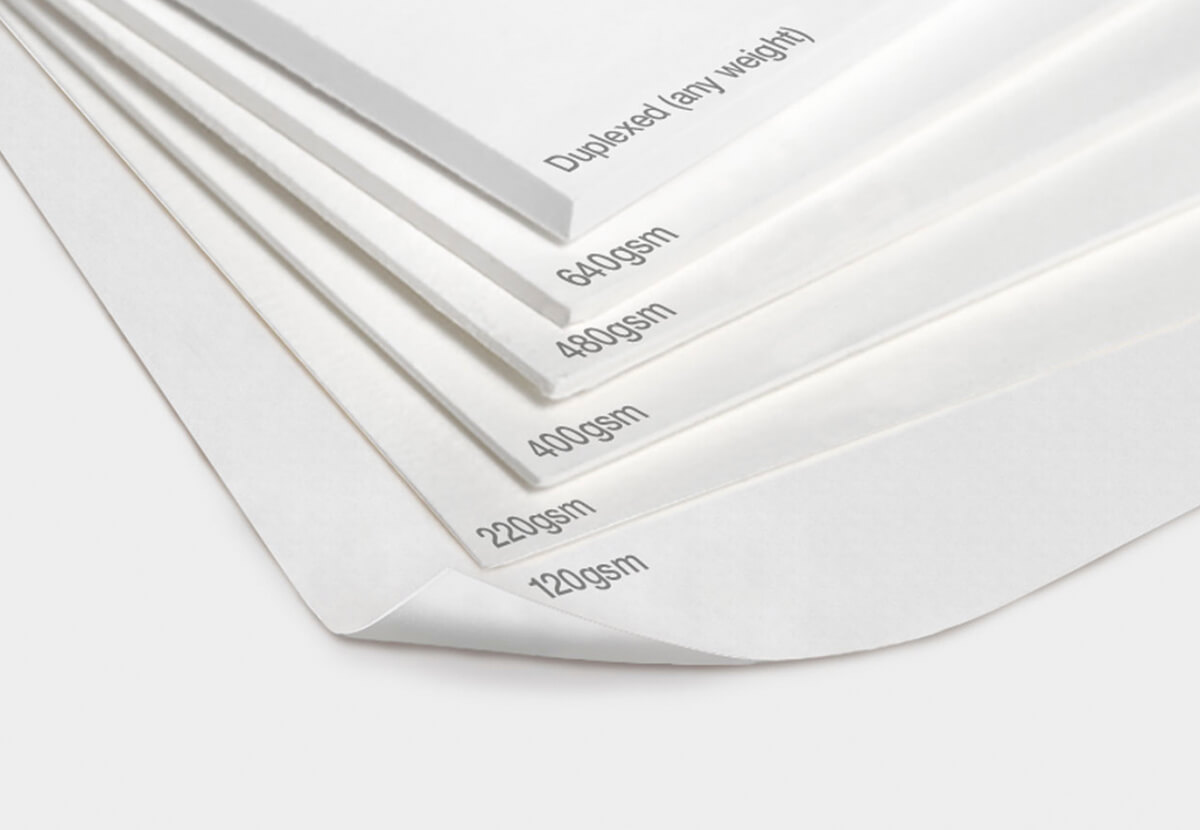
When it comes to selecting the best paper thickness for flyers, there are a few factors to bear in mind. It is important to keep in mind that the thickness of the paper will have an influence on its durability, printing quality and overall look.
In this article, we’ll be guiding you through how to choose carefully so as to give your brand’s perception the most value.
The intended use of the flyer is a significant factor in choosing the right thickness
The intended use of your flyer is an important part of choosing the correct paper thickness. For example, a promotional flyer size for a single occasion might not necessitate the same degree of toughness as a menu or product catalogue that will get handled regularly.
If your flyer needs to only be used temporarily, 110-130gsm stock may do the trick. On the other hand, if you need it for more extended use, then thicker paper is the better option.
This will ensure that your flyer withstands handling and remains easily legible. Moreover, it is prudent to think about where the flyer will be put up. If it will be exposed outside or in busy locations, a bulkier paper might offer superior resistance against wear and tear.
Examples of flyer sizes and flyer thickness requirements
Promotional Flyers: For one-time events or short-term promotions, 130gsm.
Menus and Product Catalogues: should be printed on a thicker paper like 170gsm. Cover stock printed on 250gm for optimal durability, so they can withstand regular handling.
Business Cards: Business cards are typically small, but they are often handled frequently, so 350gsm card stock is recommended to ensure durability and a professional feel.
Brochures: Brochures are used to present information in a compact and organised manner, so a medium-weight paper like 170gsm-200gsm text paper is appropriate for printing high-quality images and text.
Postcards: Postcards are an effective tool in direct mail marketing and advertising, so using a weightier paper such as 250gsm stock is suggested for an impressive look and feel.
Book Covers: 250gsm card stock is recommended for a sturdy and long-lasting finish that provides a professional appearance.
How different printing methods have varying requirements for paper thickness
The type of printing process is a key factor when selecting the type of paper to use for your flyers. Digital printing usually works better with a thinner stock, while offset printing tends to demand thicker paper to guarantee clear, clean images and text.
Examples of printing methods and their paper thickness requirements
Digital printing works best with thinner papers in the range of 80gsm-300gsm as they provide superior quality prints and feed into the printer with ease.
Offset Printing: Offset printing necessitates a heavier paper like 300gsm to 400gsm cover stock to create clear images and text. This also makes it better for printing large pictures, avoiding them becoming blurry.
Letterpress Printing: Letterpress Printing involves utilising a raised surface to print text and images, thus requiring a substantial paper, usually 300gsm+ cover stock, for the printing plates to firmly press against.
Screen Printing: This printing method is suitable for large runs of high-quality printed materials, and typically requires a medium-weight paper, usually in the range of 200gsm cover stock, that is durable enough to withstand the screen printing process.
Finding the balance between cost and quality
When selecting the correct paper for your flyers, it’s important to weigh up cost and quality. Thicker card stock will usually come at a higher price than thinner paper. The most efficient way to bring balance between them and still keeping bank balance in check is to assess carefully what are your needs, the purpose of the flyer and the printing technique you plan on using. Carefully choose the right paper thickness that both meets your goals and fits into your budget.
The thickness of paper can reflect the perceived value and professionalism of a brand
Paper thickness can be a major contributor to communicating the value and professionalism of a brand. Top-notch paper that is thick and strong gives the impression of an established, professional enterprise, while a poorly-made, frail paper can take away from the overall view of a company.
A thick, high-quality paper can give the impression of a well-established, professional business
The thickness of paper can have a major influence on how your brand is perceived. Selecting high-quality, thick paper for flyers can communicate sophistication and dependability to potential customers. This can be especially beneficial for those companies trying to demonstrate their stature and trustworthiness. Using sturdy paper allows flyers to be distinct from the competition, boosting an image of professionalism that will stick with customers.
Different Types of Paper Weights for 80gsm – 128gsm flyers
Each paper weight offers distinct features like thickness, texture, and weight that make them suitable for varied printing and promotional materials. Knowing the distinction between these paper weights can assist you in selecting the best one for your particular requirements, guaranteeing that your flyers have a professional visual aspect and touch.
Overview of common paper weights used for printing flyers- the perfect weight for flyers
Different paper weights are commonly used for printing flyers. 80gsm Bond Paper is the lightest while 400gsm Card Stock is the heaviest; all these options can be chosen based on the purpose, method of printing and budget of the flyer design, as well as to create a desired brand image.
The different paper weights used in flyer printing are usually categorised by their weight per 500 sheets (a ream). These include:
80gsm Bond Paper is the lightest weight paper, commonly used for everyday printing tasks like letters and reports.
120gsm laser paper is a slightly heavier weight, allowing for high-quality prints on letters and stationery. It boasts a smooth surface, perfect for writing on.
170gsm Gloss Paper is the perfect choice for printing out brochures, flyers, or any other marketing materials. This medium-weight paper has a smooth texture which facilitates clear and vivid images and text.
250gsm Card Stock is the perfect choice for a range of printed materials that need to look professional – book covers, postcards and business cards. It has a substantial weight which makes sure all prints have a luxurious and quality feel.
130gsm gloss stock is perfect for creating single-page flyers and lightweight promotional material. It is a thin, featherweight paper.
170gsm gloss stock is a sturdier paper, suitable for flyers that require more handling or to be used as product catalogues.
250gsm Card Stock is a very thick, sturdy option that is ideal for menus, business cards, and other items that need to be durable and long-lasting.
When deciding the paper weight of your flyer, there are multiple factors to take into consideration. These include the purpose of the flyer, printing method, budget and brand image desired. Striking a balance between cost and quality will result in a product that is both durable and portrays professionalism. Besides, understanding why choose leaflets as part of your marketing campaign will help you make more informed decisions about your promotional materials. Through careful selection, you can ensure that your promotional materials are conveying your message effectively to your target audience.
Need help or inspiration in choosing the correct paper? Call into our shop on Glasnevin Ave, email us on hello@printready.ie or call (01) 858 1000 – we will be delighted to help!




